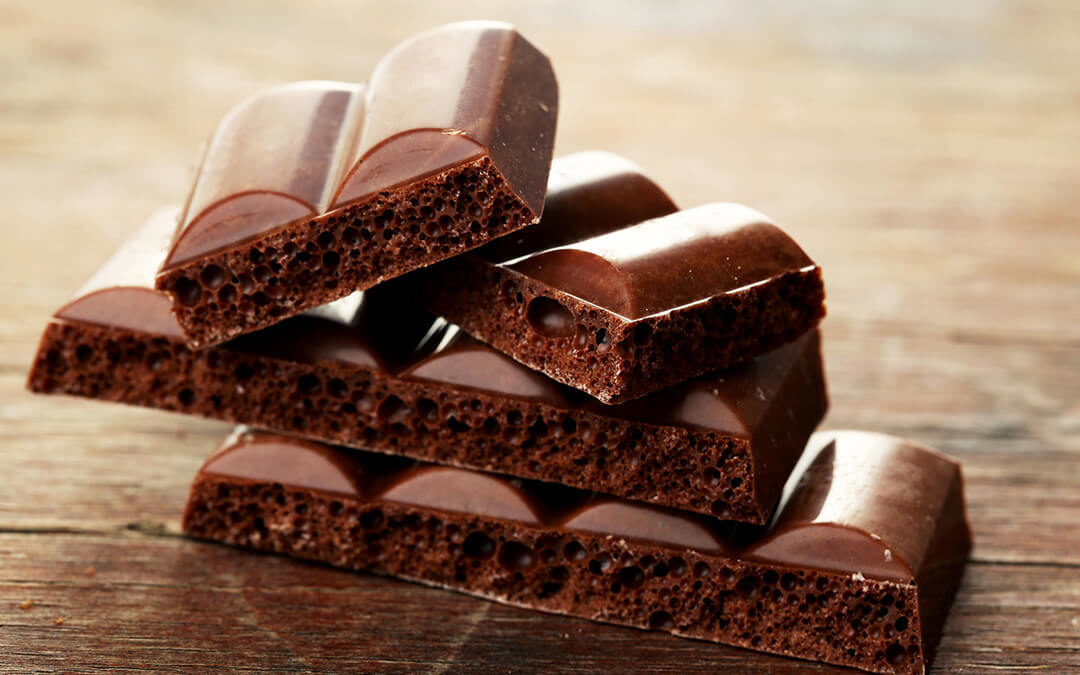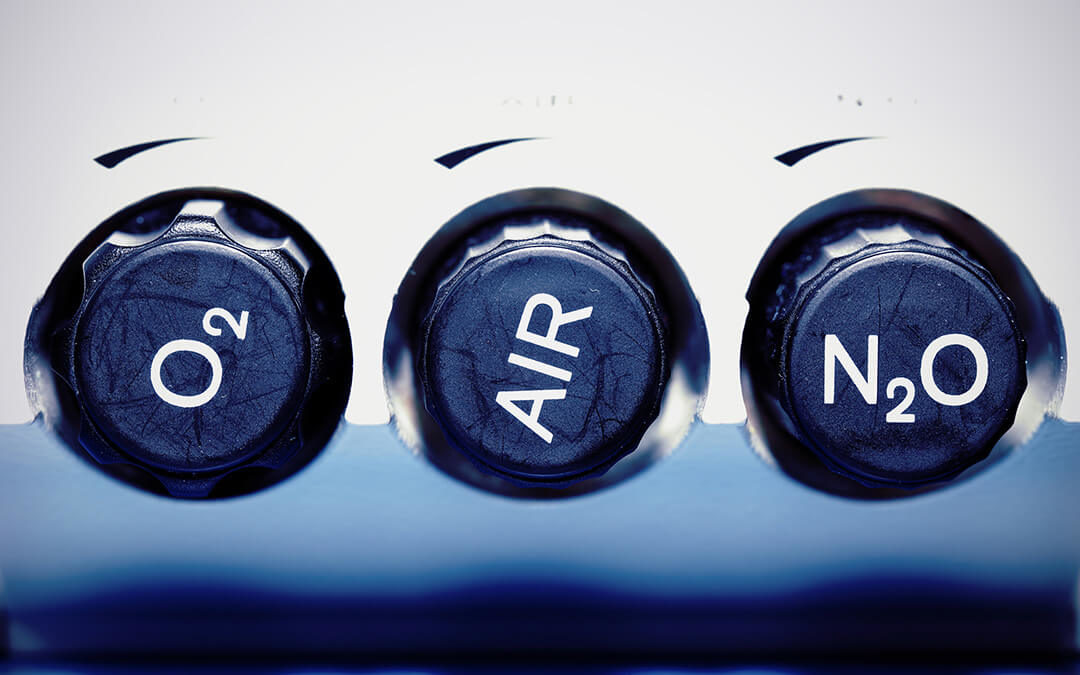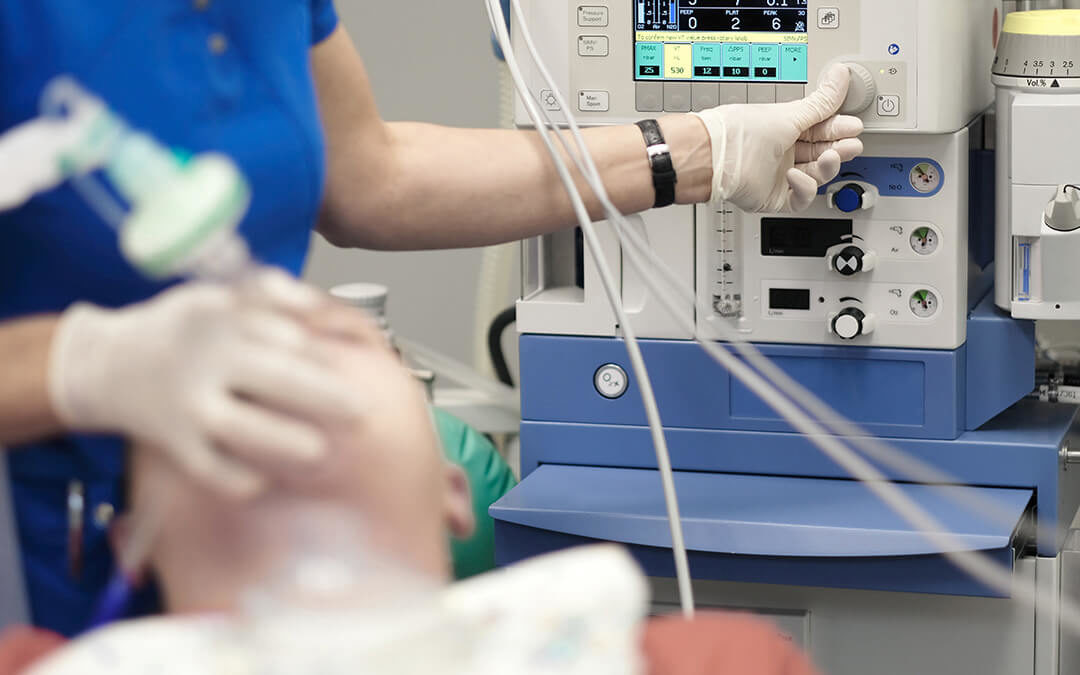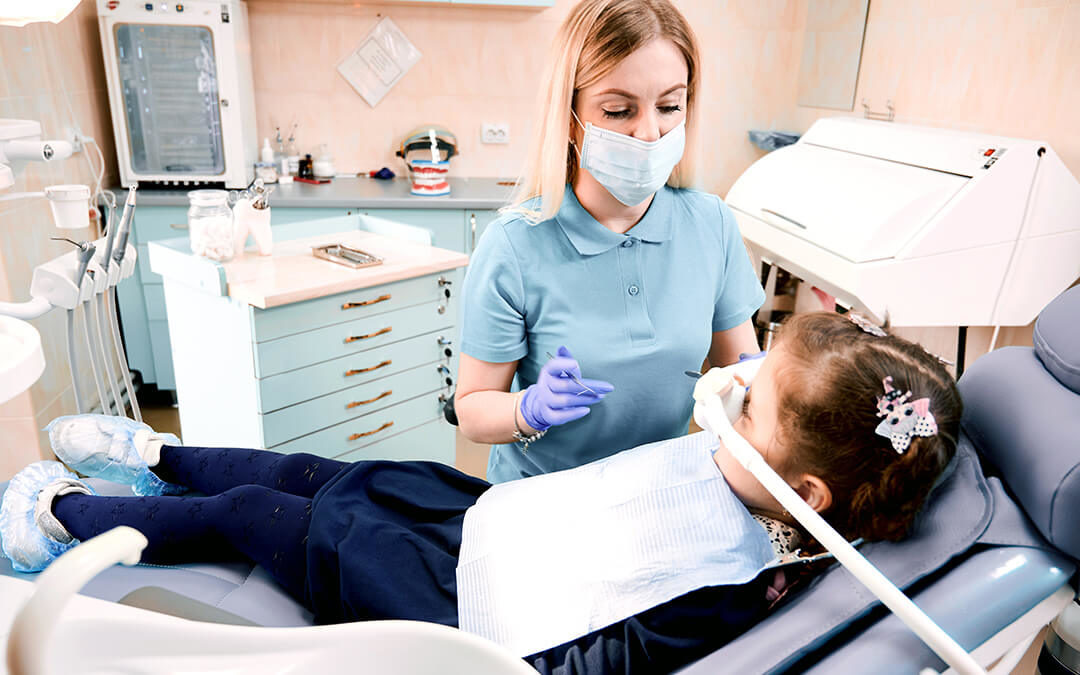


What Makes A Gas Medical?
Gases that are used during medical procedures are considered medical gases. Suitable for anesthetic and analgesic purposes, as well as for powering medical instruments and tools, medical gases are used in ICUs (intensive care units), operating and recovery rooms,...
An Introduction To Cryogenic Freezing
When a gas is liquefied, it becomes cryogenic. At very low temperatures – between -150°C and -273°C – the chemical properties of gases change. When gases are cooled into liquids, their molecular movement slows down – with movement stopping completely at -273°C....
Four Common Medical Uses For Compressed Air
Made up of nitrogen and oxygen, compressed medical air is odorless, nonflammable, and free of particles, oil, moisture, and trace contaminants. In hospitals, dental offices, and other healthcare facilities, compressed air is supplied either through a medical gas...
Is Your Restaurant Ready For Nitrogenated Beverages?
Nitrogen is an inert gas – colorless, odorless, tasteless – that constitutes almost 80% of the air we breathe (the other 20% is oxygen). Less soluble than carbon dioxide, nitrogen will only dissolve in liquid under pressure. Once pressurized, nitrogen gas forms tiny...
Recent Comments